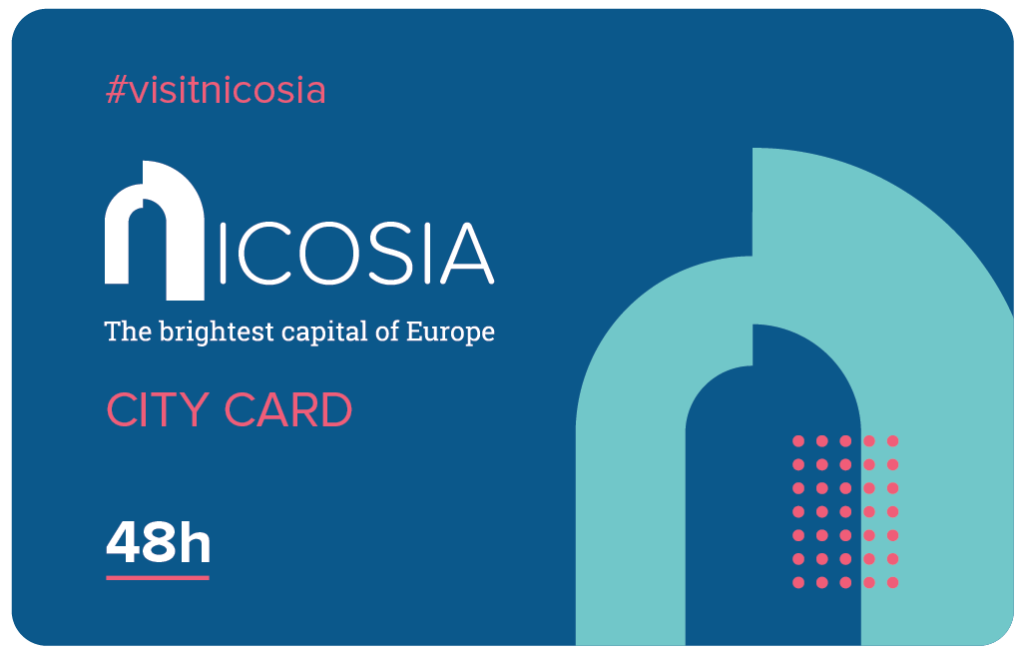Things to Do
Religion in Nicosia: A Spiritual Exploration
Begin a spiritual voyage through Nicosia where you’ll uncover the enduring legacy of diverse faiths and time-honored traditions. Explore iconic religious sites that have remained steadfast over the centuries, including ancient churches like the Church of Chrysaliniotissa, the Church of Saint Kassianos, and the Old Cathedral of Saint John, as well as historic mosques such as the Omeriye Mosque and the Bayraktar Mosque. Wander in awe as you pay homage to the timeless sanctuaries that have weathered the trials of history. Immerse yourself in the spiritual and cultural diversity of this vibrant city, where history comes alive through its sacred landmarks. Whether you seek moments of quiet reflection or a deeper understanding of Cyprus’s religious mosaic, this religious tour of Nicosia promises a memorable and enlightening experience
Taht-el-kale Mosque
In the heart of the Taht-el-kale neighborhood, named after the lower part of a historical fortress, proudly stands the Taht-el-kale Mosque. This mosque, built in 1826 by Ottoman Governor Es-Seyyid Mehmet Agha, exudes historical charm with its distinctive architectural elements, including round vaults, gothic arches, and Turkish lattice windows. While its minaret underwent reconstruction in 1948, the mosque’s enchanting character remains intact. In the past, Taht-el-kale was a bustling mixed neighborhood where Greek and Turkish communities coexisted peacefully. Today, only the Taht-el-kale Mosque and the Koran School stand as poignant reminders of that bygone era. The mosque not only serves as a place of worship but also as a testament to the rich cultural tapestry that once defined the area. Visitors are often captivated by its serene ambiance and historical significance. The Taht-el-kale Mosque continues to be a symbol of resilience and unity amidst the changing times.

Working Hours: closed
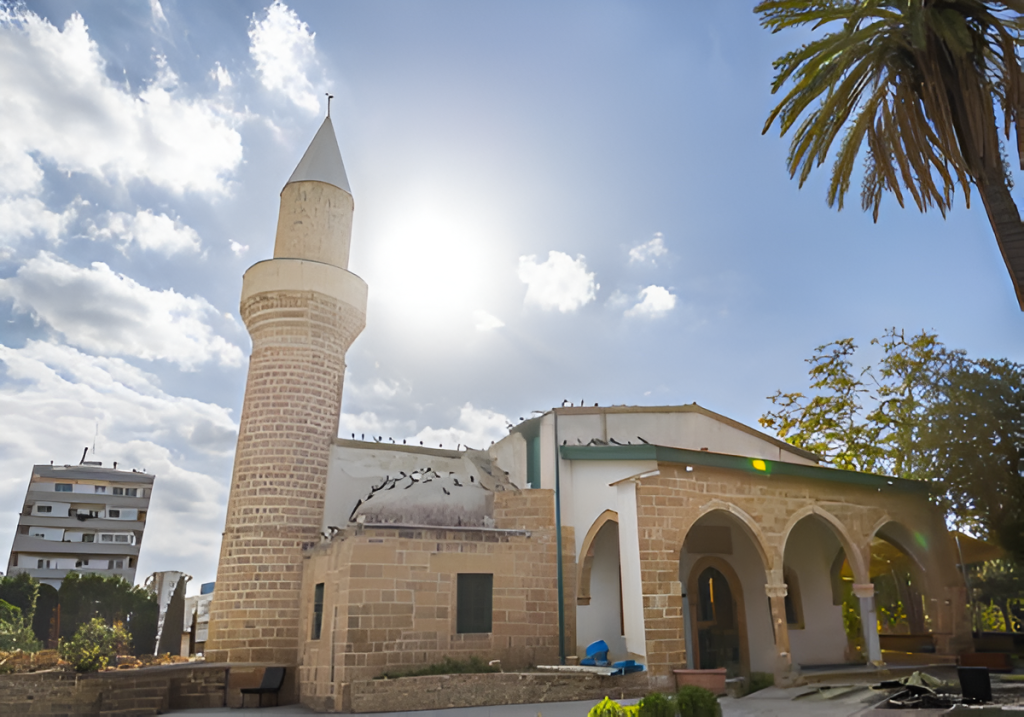

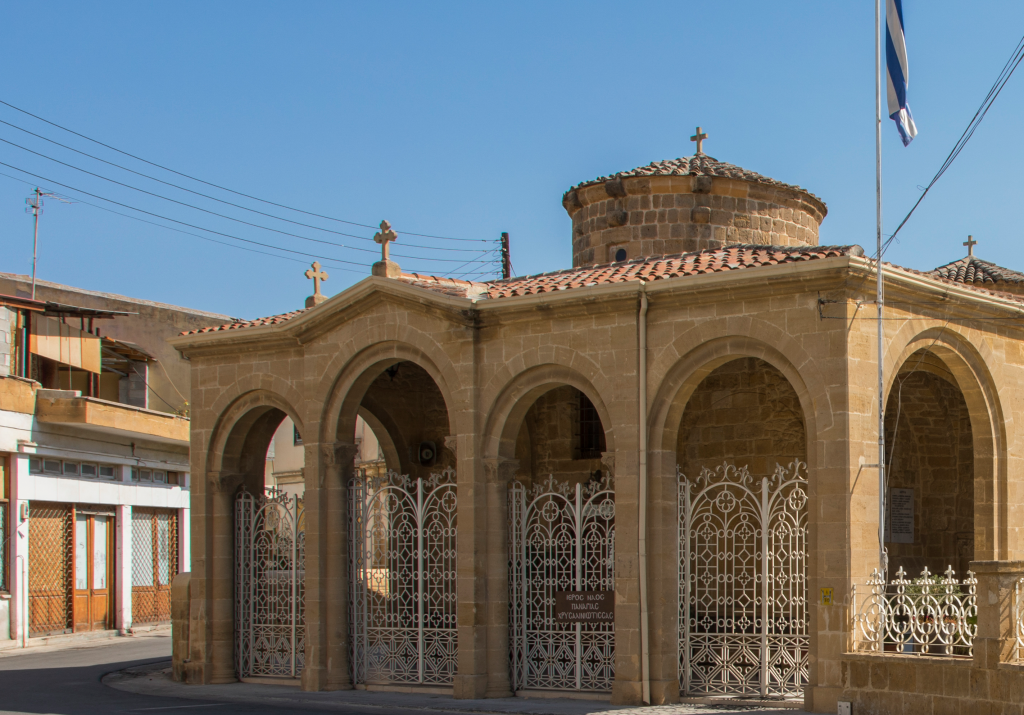

Church of Chrysaliniotissa
The Church of Chrysaliniotissa, an ancient marvel, holds a rich history within its time-worn structure. Legend attributes its construction to Helena Paleologina in 1450. However, a closer look reveals the church’s evolution through Byzantine, Frankish, Venetian, and Ottoman eras, preserving the essence of each period in its architecture. Its majestic twin domes symbolize the duality of God’s nature, and as you step inside, the graceful sculptures and ornate details transport you through time, making it a captivating journey down memory lane. The church’s iconostasis, adorned with intricate icons, is a sight to behold, reflecting the craftsmanship of bygone artisans. The serene courtyard, often bathed in soft sunlight, offers a tranquil retreat for contemplation. Pilgrims and tourists alike are drawn to its spiritual and historical significance, making it a cherished landmark. Seasonal festivals held at the church breathe life into ancient traditions, bringing the community together. The timeless beauty of Chrysaliniotissa continues to inspire awe and reverence in all who visit.


















Working Hours: Weekdays 8:00 a.m. - 15:00 p.m.
Church of Saint Kassianos
The Church of Saint Kassianos, lending its name to a lively district in the city’s heart, resides within the lower parishes of the old town. Nestled amid charming streets adorned with vibrant flowers draping from traditional houses, this petite church holds a unique place. Positioned along the Green Line, symbolizing the divided capital, it has borne witness to significant moments in Cyprus’s tumultuous history. It played a central role in inter-communal conflicts in 1958, 1963, and the Turkish invasion of 1974. The church itself is a striking two-aisled stone edifice, constructed in 1854 atop an earlier church dating back to 1750. Inside, the church is adorned with beautiful murals and icons, preserving the artistic heritage of the region. The bell tower, though modest, offers a poignant reminder of resilience and faith. Each year, the feast of Saint Kassianos draws visitors and locals alike, celebrating the enduring spirit of the community.


















Working Hours: Weekdays 8:00 a.m. - 15:00 p.m.
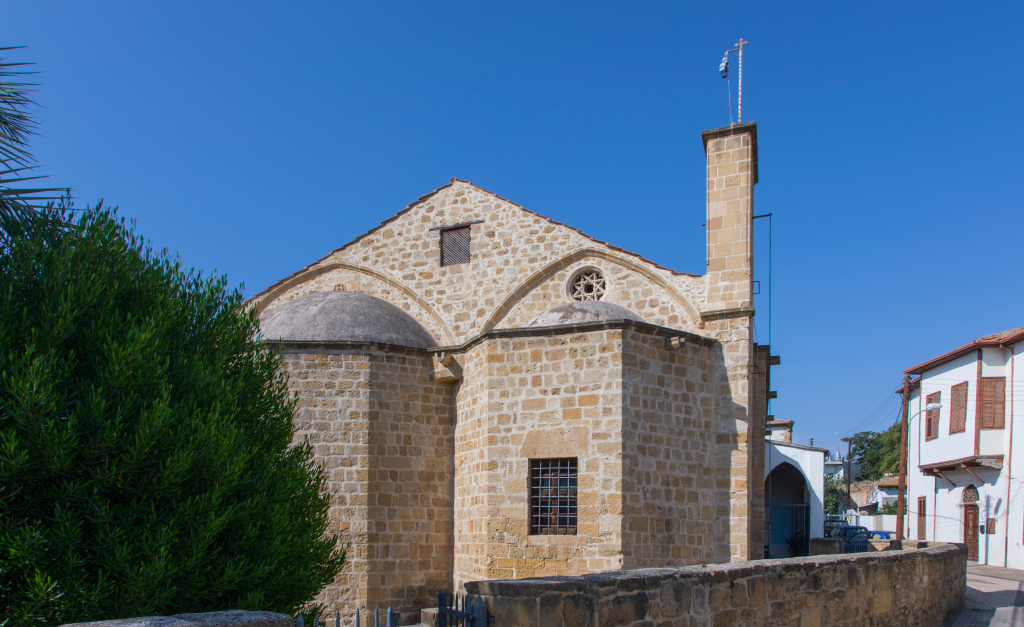

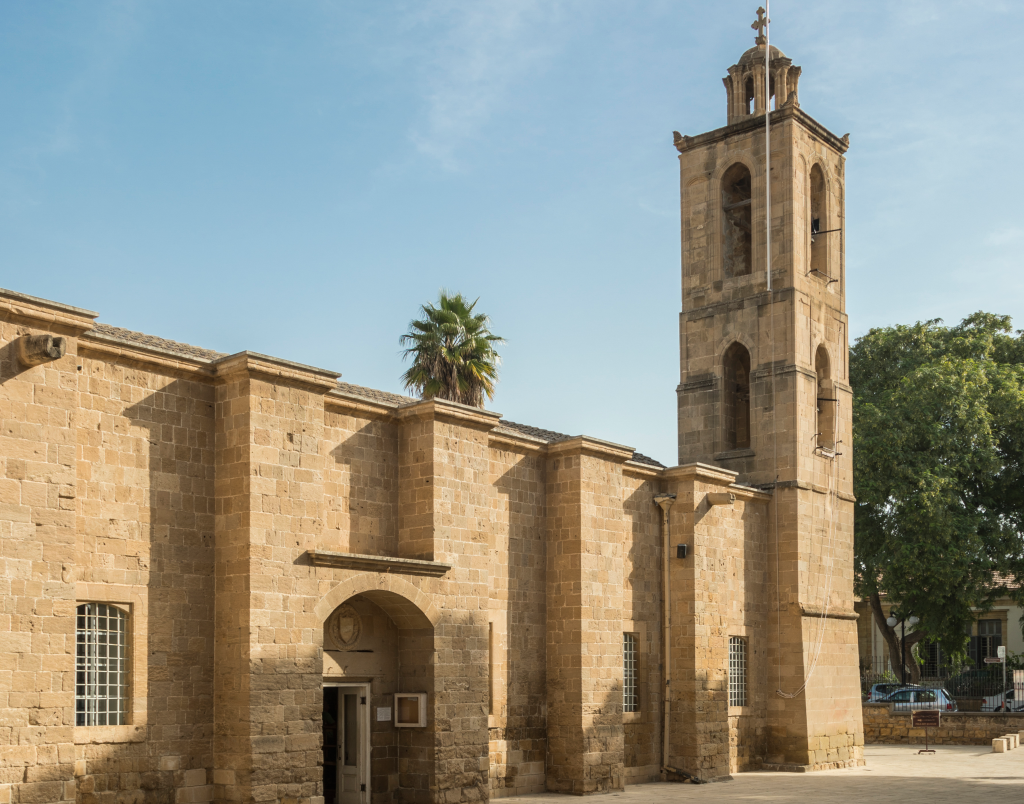

Old Cathedral of Saint John
The Cathedral of Saint John, known as “Saint John Pipis,” once Nicosia’s main cathedral during the Ottoman era, symbolizes Cyprus’s resilience. Despite its size, it was a beacon of hope and a Church of Cyprus stronghold, even playing administrative and political roles. A belfry was added centuries later, defying the Ottoman prohibition on bell ringing. “Saint John Pipis” is named after the Arabic word “habib,” meaning “the favorite,” befitting Christ’s beloved disciple. Originally a Syrian Orthodox monastery site, the church still echoes with ancient prayers, while its wall paintings reveal diverse cultural influences. The cathedral has witnessed numerous historical events, serving as a silent observer to the island’s turbulent past. Its architecture blends Gothic and Byzantine elements, reflecting the confluence of different eras. Today, it stands not only as a place of worship but also as a testament to the enduring spirit of the Cypriot people.


















Working Hours: Weekdays 8:00 a.m. - 15:00 p.m.
Holy Archdiocese of Cyprus
The Archbishop’s Palace, built in the 1960s, echoes Cyprus’s ties to the Byzantine Empire with its Neo byzantine architectural style. It functions as the residence and administrative center of the Church of Cyprus, one of the ancient Eastern Orthodox autocephalous churches. Here, the Archbishop of Nea Justiniana and all of Cyprus holds authority. Beyond its physical structure, the Archbishop’s Palace is a symbol of Cypriot identity and a reminder of religion’s enduring role in shaping the island’s history. The palace complex includes a library, a Byzantine Museum, and the office of the Archbishop, making it a cultural and spiritual hub. Its ornate wall paintings and mosaics reflect the rich artistic heritage of the island. The surrounding gardens offer a serene environment for contemplation and reflection. The Archbishop’s Palace also serves as a venue for important religious and national ceremonies, reinforcing its significance in contemporary Cypriot society.


















Working Hours: Weekdays 8:00 a.m. - 15:00 p.m.
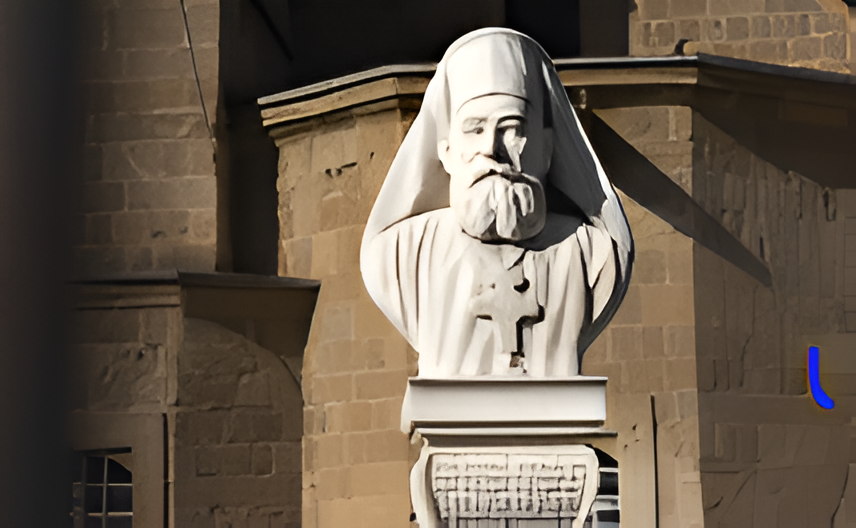

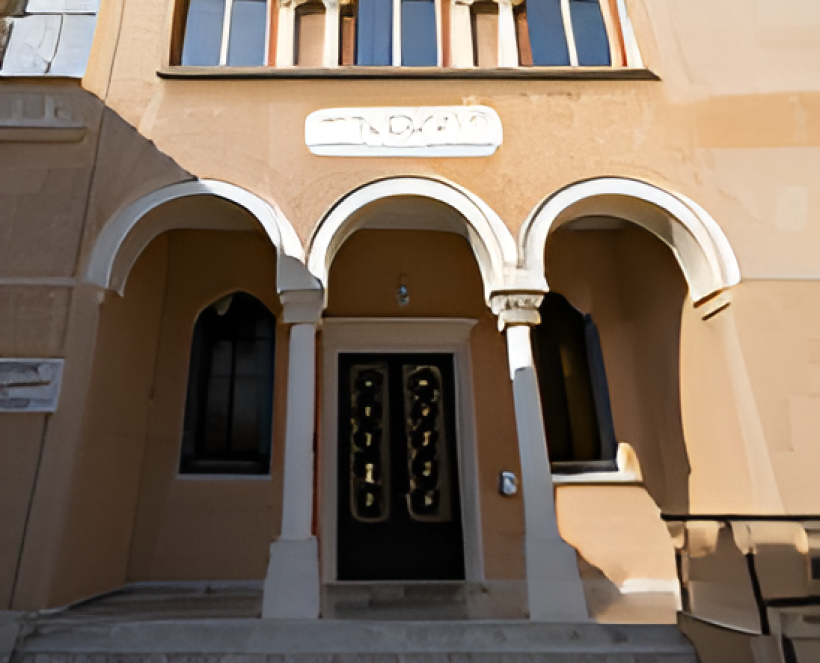

Byzantine Museum
Makarios III, the Archbishop of Cyprus and the first President of the Cypriot Republic, established two centers for health and culture. One of them houses the Byzantine Museum, showcasing a remarkable collection of Byzantine artifacts such as icons, murals, mosaics, and manuscripts. This museum serves as a living testament to Cyprus’s enduring connection with the Byzantine Empire, highlighting the ongoing impact of history on our identity and society. The museum also includes an extensive array of ecclesiastical garments and liturgical objects, providing deeper insights into the religious practices of the time. Special exhibitions and educational programs are regularly organized to engage visitors and scholars alike. Its collection is not only significant for its historical value but also for its artistic and cultural richness. The museum stands as a beacon of preservation and education, ensuring that future generations appreciate the profound heritage of Cyprus.


















Working Hours: Working Hours: Weekdays 9:00 a.m. - 16.30 p.m.
Saturday 9:00 a.m. - 13:00 p.m.
The Church of Saint Antonios
The Church of Saint Antonios, an 18th-century gem, showcases Ottoman-era architectural style. It was a cherished sanctuary for one of Nicosia’s Christian parishes. The church’s charm lies in its intricately carved wooden iconostasis and beautifully adorned stone bell tower, crafted by local artisans. Generosity from the renowned dragoman, Hatzigeorgakis Cornesios, and his descendants, who lived nearby, enriched the church’s cultural and historical significance with donated land and sacred icons. Inside, the church boasts stunning frescoes and vibrant wall paintings that depict various biblical scenes, reflecting the skill of local artists. The church also serves as a repository of rare liturgical manuscripts, adding to its historical importance. Community events and religious festivals held here foster a sense of unity and tradition among the parishioners. The Church of Saint Antonios remains a symbol of faith and resilience in Nicosia’s rich tapestry of history. Today, it continues to attract visitors and worshippers, offering a serene space for reflection. Its preservation efforts highlight the dedication to maintaining its historical and spiritual legacy.


















Working Hours: Weekdays 8:00 a.m. - 15:00 p.m.
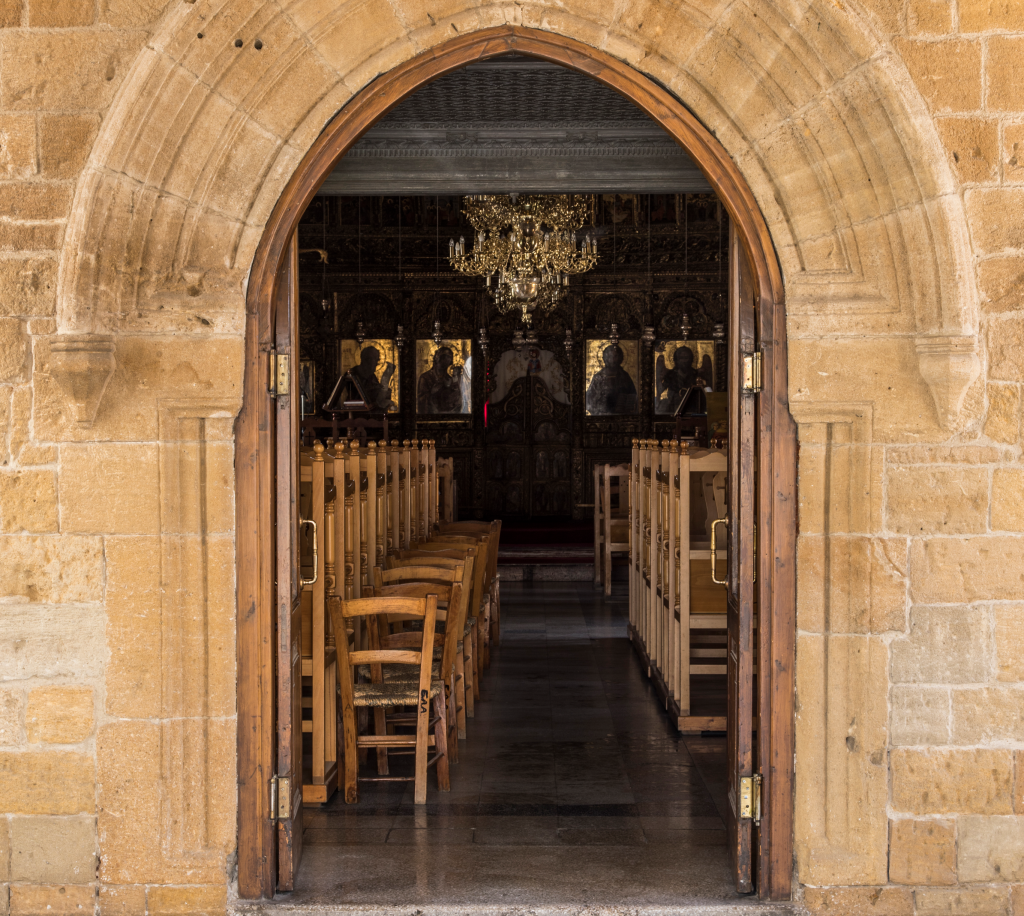

Exarchate of the Holy Sepulchre
The Exarchate of the Holy Sepulchre dates back to the 16th century. The Exarchate of the Holy Sepulchre in Nicosia is a part of the Exarchies of the All Holy Sepulchre under the Jerusalem Patriarchate. The Exarchate in Nicosia is home to the Holy Church of the Ascension of the Lord and of St. Philoumenos the Hagiotaphite. This historic site holds significant religious and cultural importance for the Orthodox Christian community. The church is renowned for its stunning architecture and intricate iconography. Pilgrims from around the world visit to pay homage and seek spiritual solace. The Exarchate also plays a crucial role in maintaining the religious traditions and heritage of the region. Additionally, the Exarchate organizes various religious events and ceremonies throughout the year. It serves as a center for theological education and spiritual guidance. The Exarchate’s contributions to the local community extend to charitable activities and social support programs.


















Working Hours: Weekdays 8:00 a.m. - 15:00 p.m.
The Cathedral of the Apostole Barnaba
The Cathedral of the Apostle Barnabas, completed in 2021, embraces Byzantine architectural style with its compressed cross-in-square design. This style harkens back to the era when Archbishop Anthemios of Cyprus made a profound discovery – the grave of Barnabas, the Church of Cyprus’s founder and protector, along with relics like a copy of the Gospel of Matthew. This discovery bolstered the church’s influence and led to Emperor Zeno’s recognition, making it fitting to dedicate the new city’s cathedral to Apostle Barnabas. The cathedral’s interior is adorned with intricate mosaics and frescoes depicting the life and miracles of Barnabas. Its grand dome, resplendent with gold leaf, symbolizes the heavens and divine grace. The surrounding gardens provide a serene environment for contemplation and prayer. The cathedral has quickly become a central place of worship and pilgrimage for Christians worldwide.


















Working Hours: Weekdays 8:00 a.m. - 15:00 p.m.
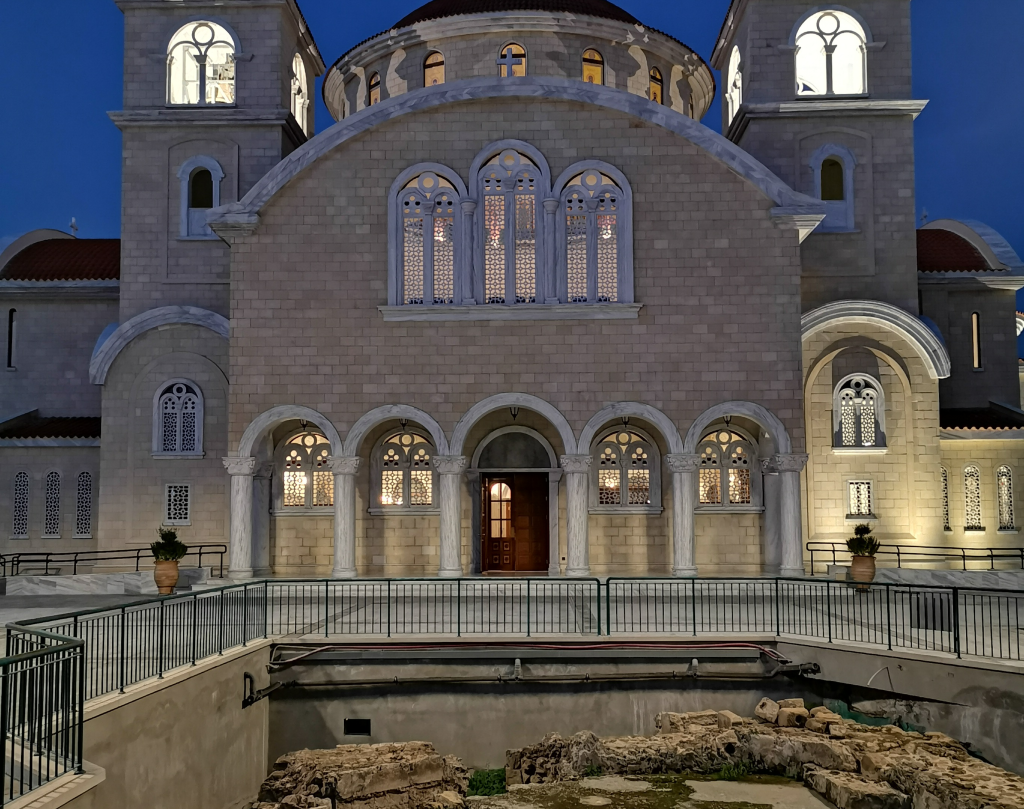

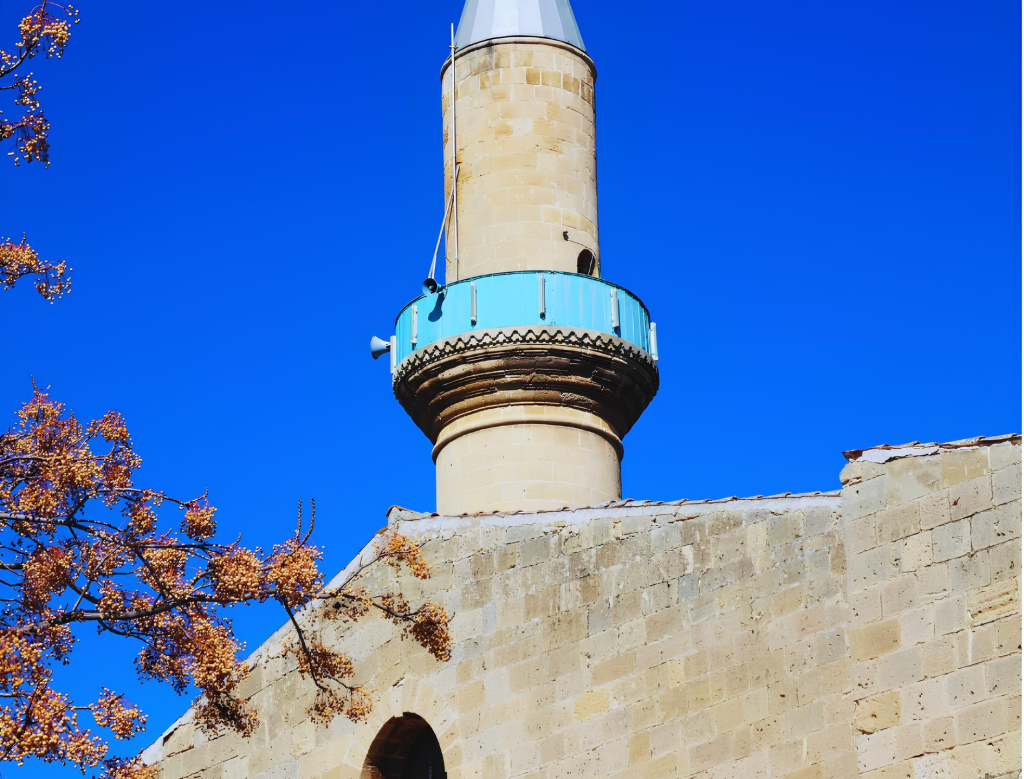

Omeriye Mosque
The Omeriye Mosque, formerly a monastery and 14th-century church dedicated to Saint Mary of the Augustinians, has a rich history. It stood amidst a lush sugar cane plantation until the winds of war and conquest brought change. After the Ottoman occupation in 1571, Lala Mustafa Pasha ordered the construction of a mosque on the site where the church once stood. This decision was influenced by the belief that Umar, the second caliph of Islam, was buried here in the 7th century. Thus, the mosque symbolizes the transformation of faith and serves as a reminder of history’s ever-changing course. Today, the Omeriye Mosque is a place of worship and a historical landmark. It attracts visitors from around the world, eager to explore its architectural beauty and storied past. The mosque stands as a testament to the cultural and religious tapestry of the region. Its minaret rises high, overlooking the city, a silent witness to centuries of change. The courtyard, once trodden by monks, now echoes with the call to prayer, blending past and present in harmonious reverence.


















Working Hours: Weekdays Any reasonable hour, provided there is no prayer.
Church of Saint Savvas
The Church of Saint Savvas in Old Nicosia, built in 1933 atop the remains of an older church, boasts unique features like two altars and an off-centered Beautiful Gate. The older altar, adorned with intricate carvings and miraculous icons, takes prominence. This church’s complex history reflects unwavering faith and dedication across the ages, as it underwent renovations and expansions to honor its spiritual heritage. A blend of architectural styles can be seen, reflecting the periods of its development. The frescoes adorning the walls narrate biblical stories, captivating visitors with their vivid details. Each icon holds a story, passed down through generations, infusing the space with a profound sense of continuity. The community’s efforts to preserve the church highlight its importance as a cultural and spiritual beacon. Pilgrims and tourists alike are drawn to its serene atmosphere and historical significance. Through the centuries, the Church of Saint Savvas has stood as a testament to resilience and devotion.


















Working Hours: Weekdays 8:00 a.m. - 15:00 p.m.
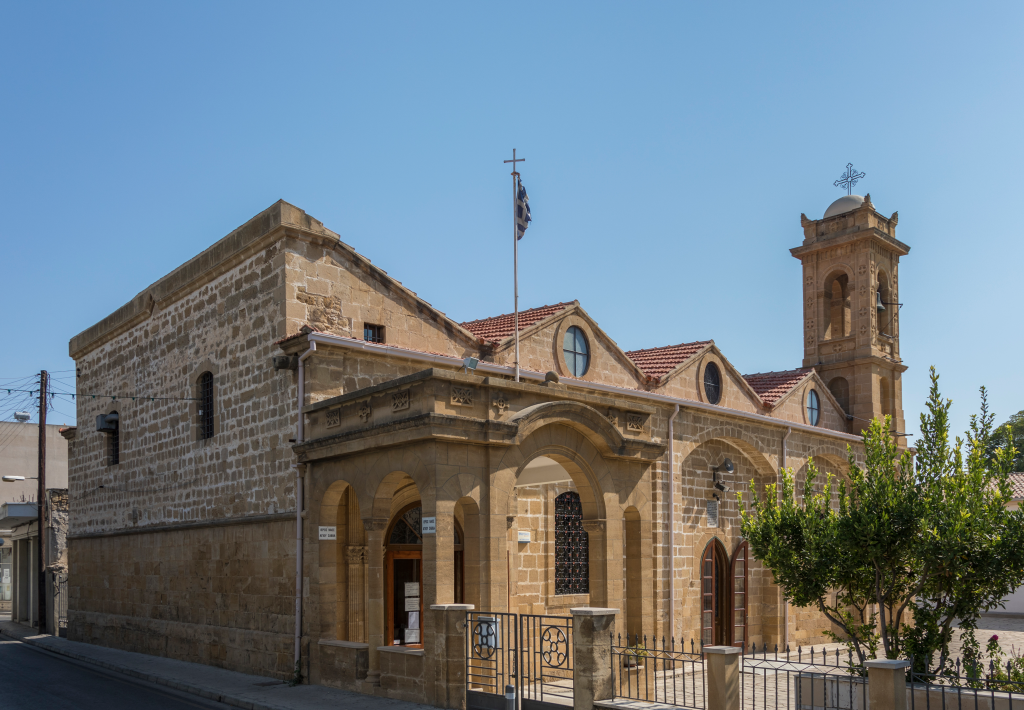

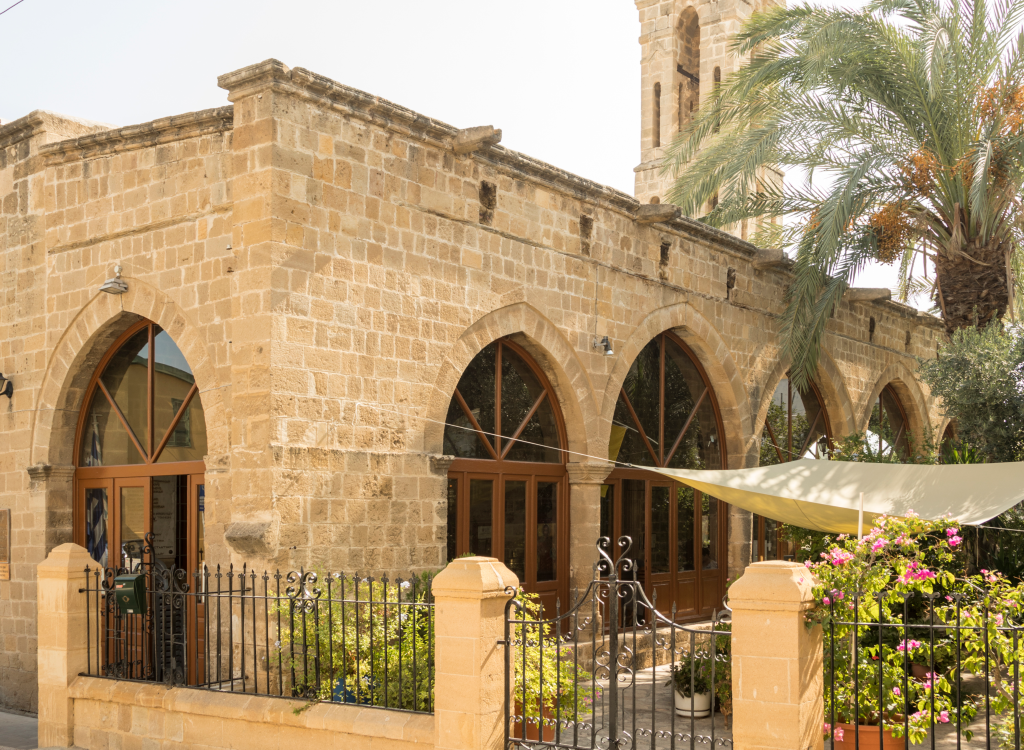

Church of the Archangel Michael
During the Ottoman era, the Trypiotis parish was named “Pas Mahalla” due to its beauty. Built in the 16th century, this expansive three-aisled basilica reflects architectural models of its time. Initiated by Archbishop Germanos in 1695, its construction was swift. While there are no preserved images of the “miracle in Chonai” by Archangel Michael, the church’s name, derived from “tripa” meaning “opening,” honors his heroic act of diverting two rivers to save a monastery from pagans. The church played a vital role in seeking protection from floods in the Pediaios River, akin to Archangel Michael’s intervention in Chonai. The Trypiotis Church stands as a testament to the architectural and cultural heritage of the region. It has been a place of worship and community gathering for centuries. The basilica’s design, with its grand arches and intricate details, exemplifies the craftsmanship of its era. Its historical significance extends beyond religious practices, symbolizing resilience and divine protection.


















Working Hours: Weekdays 8:00 a.m. - 15:00 p.m.
Bayraktar Mosque
The Bayraktar Mosque derives its name from the Turkish word “bayrak,” meaning “flag” or “war banner.” It became historically significant during the siege of Nicosia in 1570 when the first Turkish flag was raised on this site, marking the city’s surrender. Initially intended as a grave, it later became a tomb and eventually a masjid. Until 1930, the mosque held hairs from the Prophet Muhammad’s beard, kissed by visitors during religious occasions. Unfortunately, this relic was stolen on November 27, 1930, leaving the mosque with an intriguing yet incomplete history. Despite this loss, the mosque remains a symbol of cultural heritage and historical significance. Its architecture reflects the Ottoman style, attracting both worshippers and tourists alike. The Bayraktar Mosque continues to be a place of reverence and a testament to the rich history of Nicosia. Efforts to preserve and restore the mosque have been ongoing, ensuring its legacy endures. The surrounding gardens add to its serene atmosphere, making it a peaceful retreat within the bustling city. The Bayraktar Mosque’s story is a reminder of the enduring spirit of cultural and religious traditions.
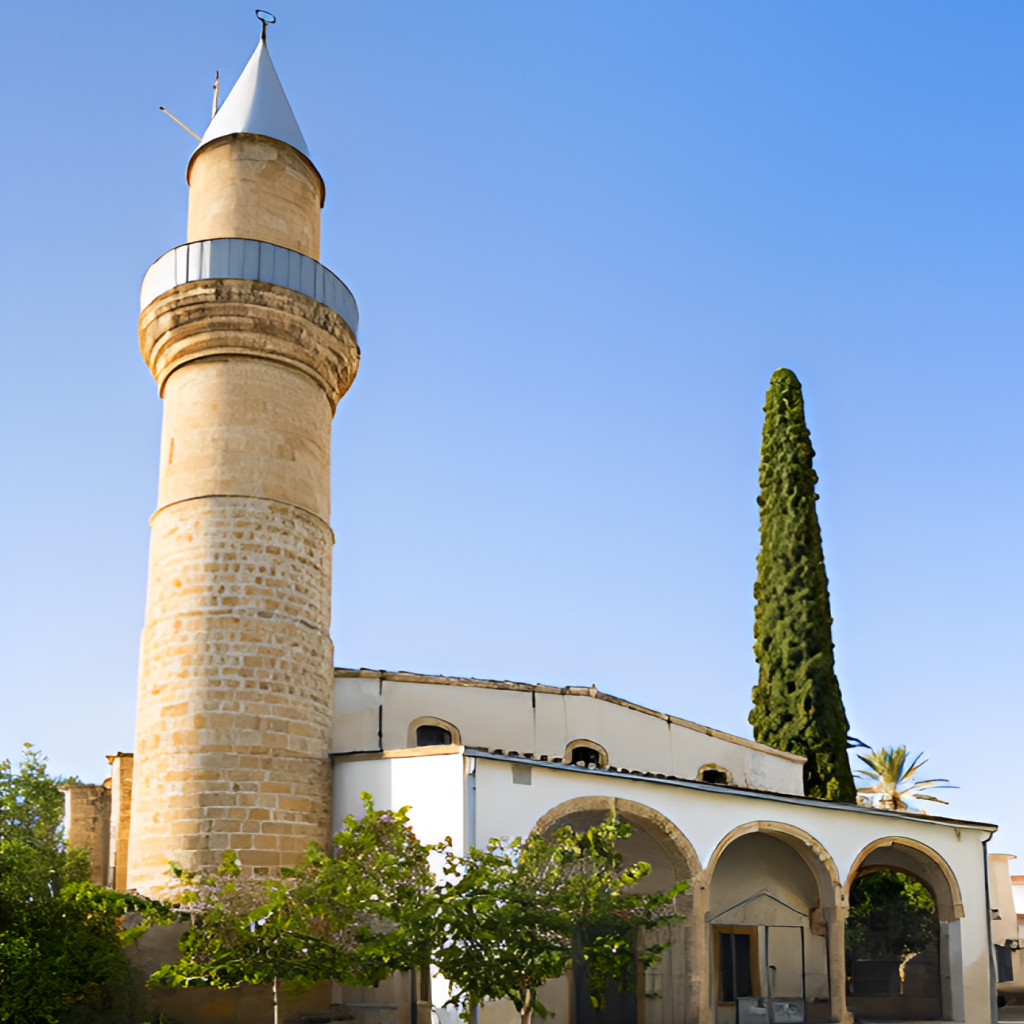

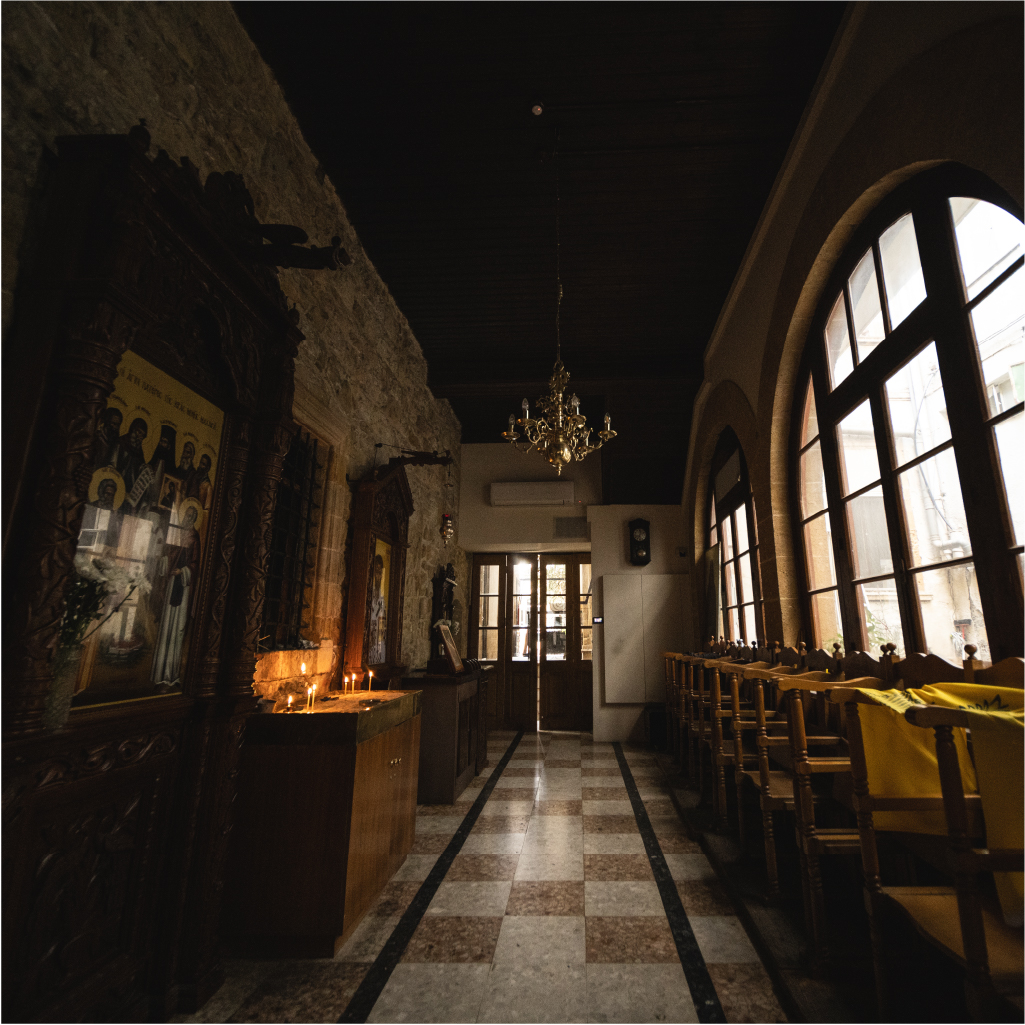

Chapel of Saint Eleftherios
During the Ottoman era, the Trypiotis parish was named “Pas Mahalla” due to its beauty. Built in the 16th century, this expansive three-aisled basilica reflects architectural models of its time. Initiated by Archbishop Germanos in 1695, its construction was swift. While there are no preserved images of the “miracle in Chonai” by Archangel Michael, the church’s name, derived from “tripa” meaning “opening,” honors his heroic act of diverting two rivers to save a monastery from pagans. The church played a vital role in seeking protection from floods in the Pediaios River, akin to Archangel Michael’s intervention in Chonai. The Trypiotis Church stands as a testament to the architectural and cultural heritage of the region. It has been a place of worship and community gathering for centuries. The basilica’s design, with its grand arches and intricate details, exemplifies the craftsmanship of its era. Its historical significance extends beyond religious practices, symbolizing resilience and divine protection.


















Working Hours: Weekdays 8:00 a.m. - 15:00 p.m.
Church of Panagia Faneromeni
At the heart of Nicosia’s historic center lies the Church of Phaneromeni, named after the Greek word “phanerono,” symbolizing the miraculous revelation of its icon amid the ruins of an earthquake-damaged church. This grand Orthodox church was once the city’s prominent landmark and holds deep historical ties to a Medieval Orthodox convent. Despite attempts to convert it into a mosque after the Ottoman conquest in 1571, it stands today as a testament to Cypriot resilience and unwavering Orthodoxy. The church’s architecture reflects a blend of Byzantine and Gothic elements, showcasing its rich historical evolution. Inside, intricate frescoes and icons captivate visitors, narrating stories of faith and tradition. The building also features characteristic Cypriot stonework and arches, adding to its architectural significance. During religious festivals, the church becomes a focal point for community gatherings, embodying the spiritual heart of Nicosia. Its bells, tolling through the narrow streets, remind locals and tourists alike of the island’s deep-rooted Christian heritage. Phaneromeni remains not just a religious site, but a symbol of cultural identity and continuity for generations of Cypriots.


















Working Hours: Weekdays 8:00 a.m. - 8:00 p.m.
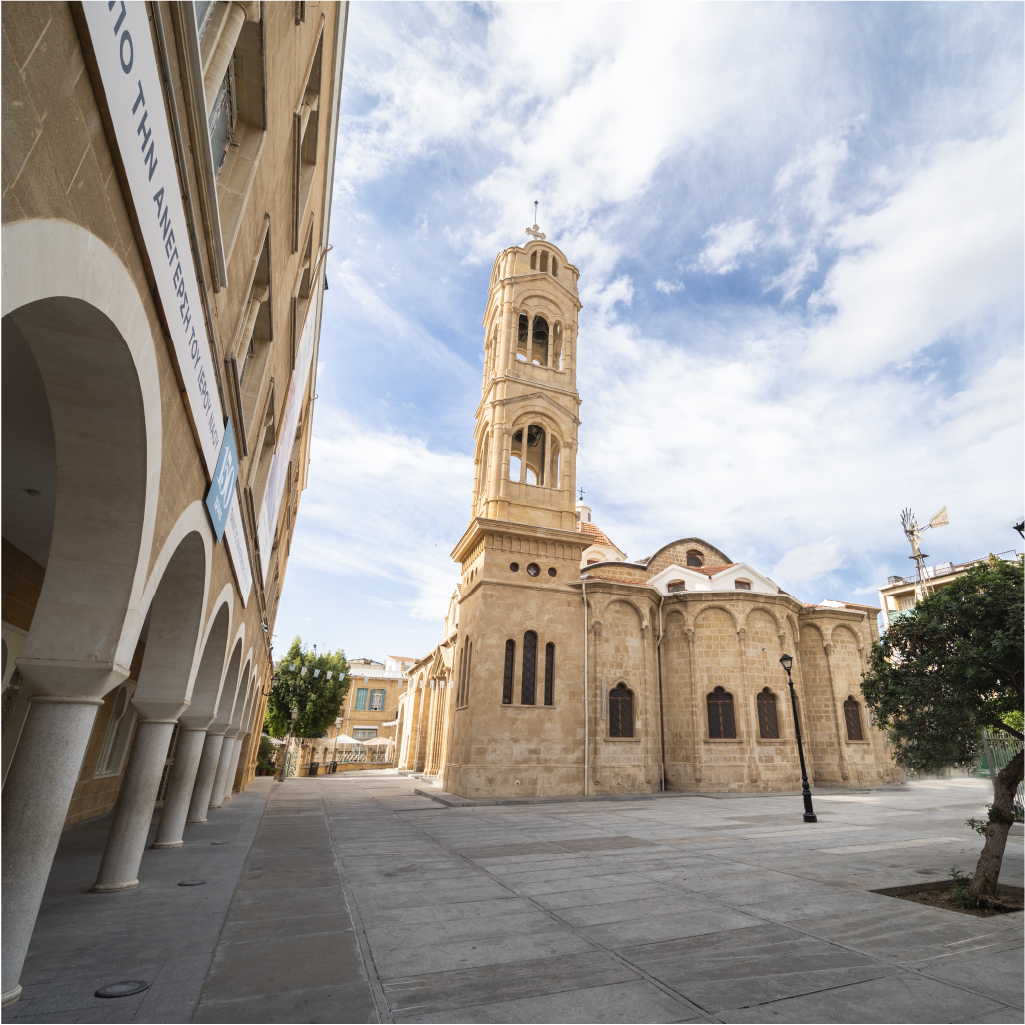

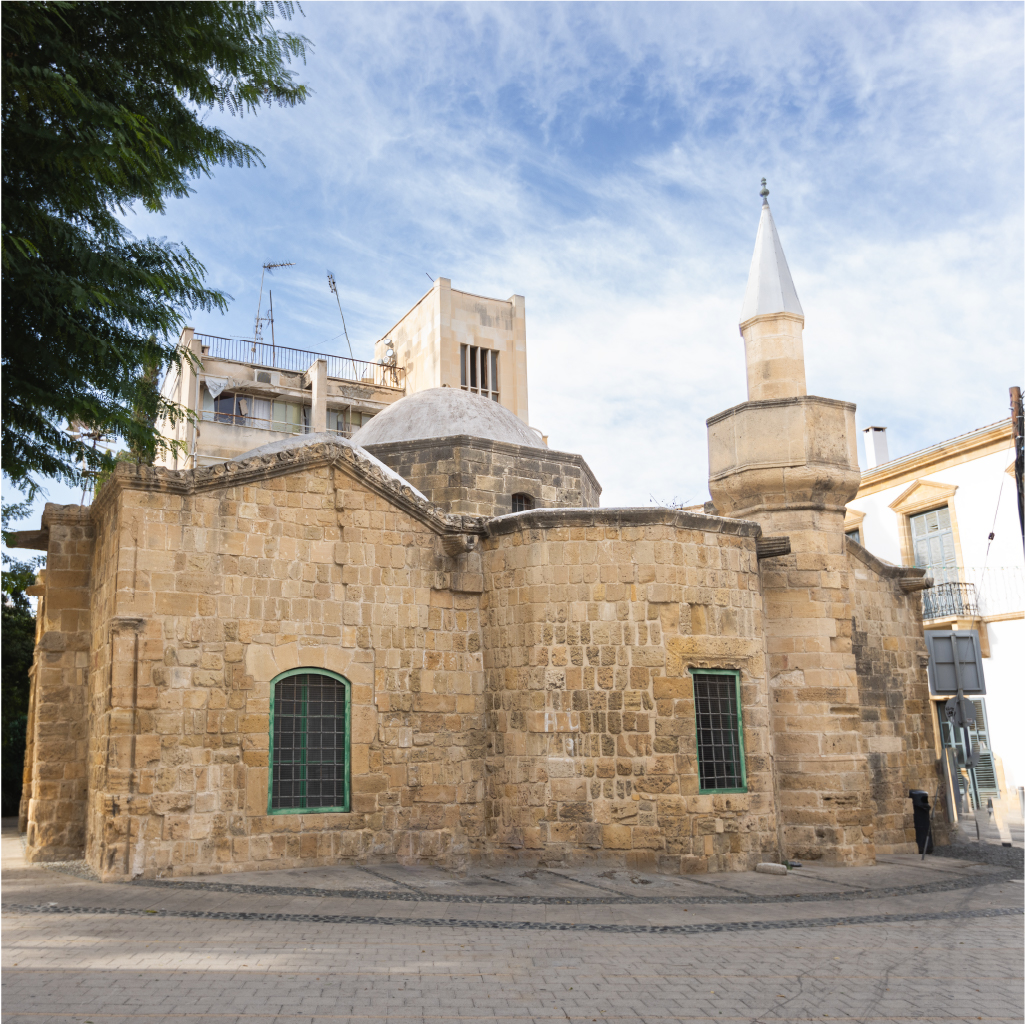

The Cross of Misirikos
The Cross of Misirikos, initially resembling a small mosque, transforms upon closer inspection into a captivating blend of history and art. Its cruciform layout and Byzantine-inspired dome pay homage to the past, while stone buttresses evoke a medieval ambiance. Over time, it evolved from a church to a mosque, offering a captivating journey through history. Nestled in a quiet corner of the city, the structure’s exterior features intricately carved stonework that tells stories of its diverse heritage. Inside, the high ceilings and detailed frescoes, though faded, hint at the grandeur it once possessed. The central dome, a hallmark of Byzantine architecture, catches the light in a way that enhances its serene beauty.
The transformation from church to mosque is marked by subtle yet profound changes: the addition of a mihrab indicating the direction of Mecca, and the minaret, a slender tower that rises elegantly against the skyline. These elements coexist with Christian motifs, creating a unique tapestry of religious and cultural influences. Visitors often feel a deep sense of history as they walk through its halls, sensing the layers of faith and tradition that have shaped its identity.
The Cross of Misirikos stands as a testament to the city’s rich and multifaceted past, symbolizing the coexistence and transformation of religious and cultural landscapes over centuries.


















Working Hours: Available upon contact by telephone
Mary of Grace
The cathedral, initially dedicated to Saint John, was converted into a mosque during Ottoman rule, a common practice at the time. Later, the Lebanese Maronite community built the Church of Santa Croce nearby. In 2010, Pope Benedict’s visit symbolized a bridge between faiths, showcasing the cathedral’s journey of resilience, transformation, and coexistence among different religious communities.
This historic site, steeped in cultural and religious significance, has witnessed the ebb and flow of diverse empires and faiths. Its architecture reflects the layers of history, blending elements from its Christian origins and Islamic period. The cathedral’s adaptive reuse over centuries highlights the dynamic interplay of religious and cultural identities. Visitors today can explore this rich tapestry of heritage, where each stone tells a story of shared human experience. The continued reverence for this sacred space by multiple communities underscores the universal quest for peace and understanding.


















Working Hours: Masses Monday to Saturday 08:30hrs/Sunday 7:30, 8:30, 10:00hrs


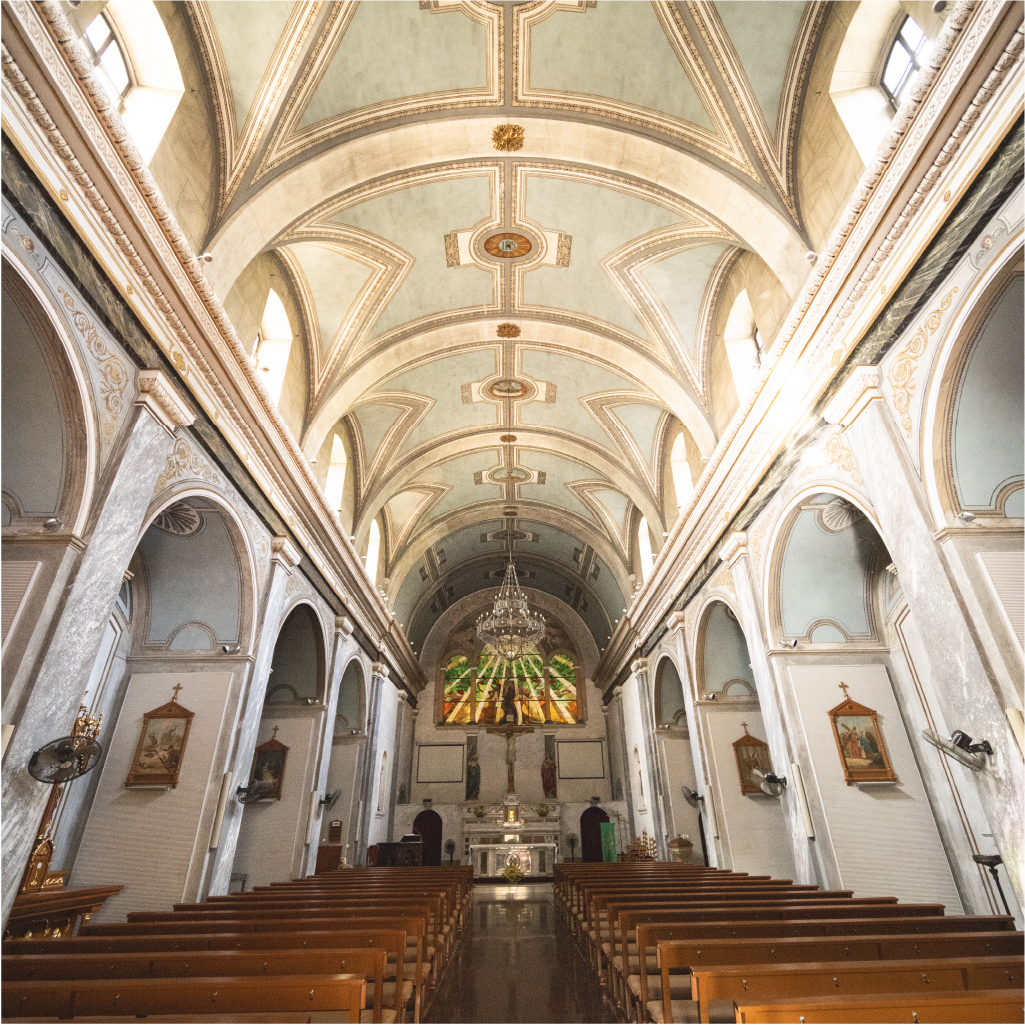

The Church of the Holy Cross
The Church of the Holy Cross in Nicosia, Cyprus, has a resilient history marked by international support. Originally built in 1642, a new church was constructed in 1900 with funding from the Spanish Royal Family and the Franciscan friars of the Custody of the Holy Land. The church and
friary were rebuilt in 1959. The church’s garden reflects the island’s history, as it sits in the buffer zone between Nicosia and North Nicosia due to the Cyprus crisis of 1963-64 and the war of 1974. This diverse parish falls under the Latin Patriarchate of Jerusalem and welcomes people from fifty different nations, celebrating Mass in eight languages.


















Working Hours:
Saturday:
- 6:30 pm: Mass in English
Sunday:
- 8:00 am: Mass in English
- 9:30 am: Mass in Greek
- 10:30 am: Mass in English
- 12:00 noon: Communities’ Mass
- 1st Sunday: French
- 2nd Sunday: Filipino
- 3rd Sunday: Indian
- 4th Sunday: Sri Lankan
- 6:30 pm: Mass in English


